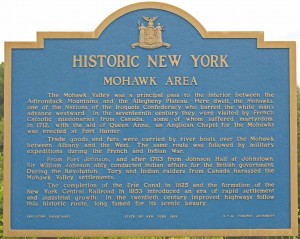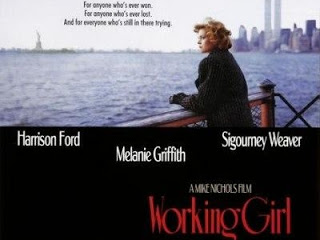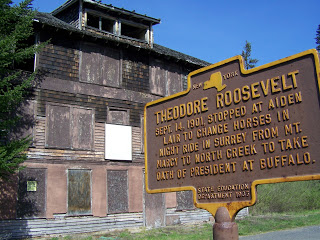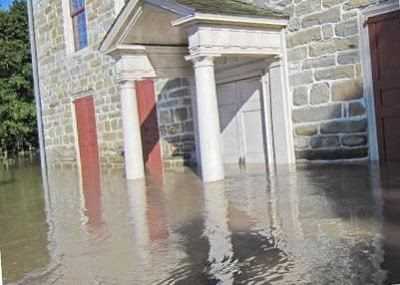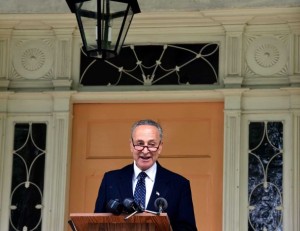
Senator Chuck Schumer, Congressman Chris Gibson, and Governor Andrew Cuomo have all been in the news recently on the subject of history tourism. It is instructive to compare and contrast their involvement in the subject.
On July 1, Senator Schumer visited the Thomas Cole National Historic Site in Catskill, Greene County. The site is a privately operated. The cause of the visit was the unexpected discovery what appears to be original paintings from around 1836 by Thomas Cole which had been hidden under layers of paint. Schumer was contacted about federal funding to preserve the art. He not only supports the request, but also toured the site with executive director Betsy Jacks. Continue reading “Schumer and Gibson on New York State History”


